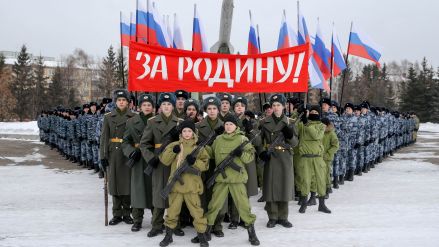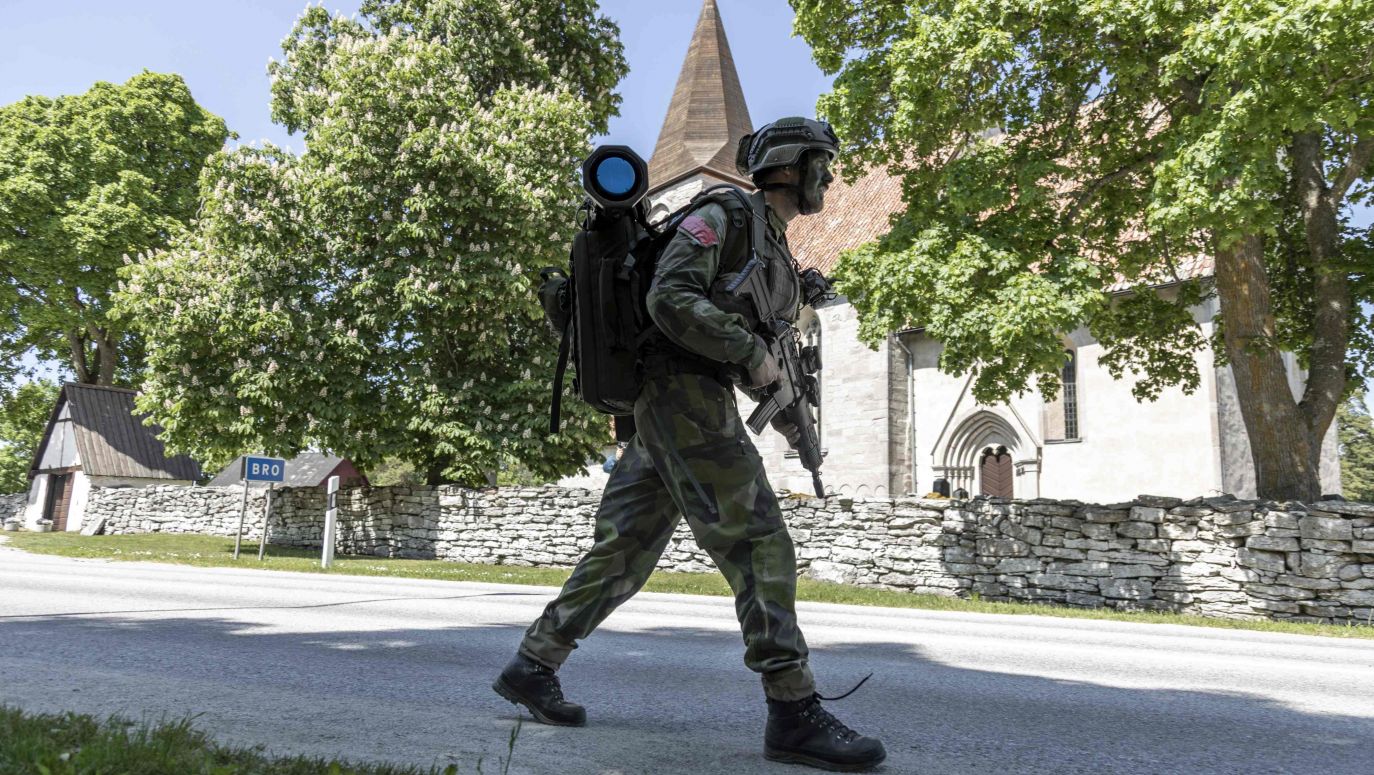The Finnish president, Sauli Niinistö, recently very active, recalled in one interview his encounter with Vladimir Putin when in 2016 he was on an official visit to Finland. During the talks held in Kesarantä, a summer residence of Finnish presidents, a question was asked what Russia would do, if Finland resolved to join NATO. Putin, as Niinistö recollects, replied briefly that for the time being Russia regarded Finland as a friend but if it joined NATO, Russia will perceive this country as enemy…
According to the president – but also to Alexander Stubb and many experts on security affaires – if one can speak of the Russian threat, it is rather to be considered under the form of cyber-attacks against state institutions (which already happened, no doubt intentionally on the day when Volodymyr Zelenskyy gave a speech at a session of the Finnish parliament), disinformation and possible infringement of the Finnish aerial space by Russian aircraft. As one can see, it doesn’t provoke particular fears as such risk was in advance taken into account. It’s very much alike in the Swedish case which by the way at some point had problems with Soviet submarines known to have been penetrating waters along the Swedish coastline dotted with isles and skerries but which had never been tracked down.
The actions of the two countries have long been closely coordinated. Let’s examine, for instance, their accession to the European Union – on January 1, 1995, along with Austria. Talks with Brussels and the process of preparing societies – everything was going on simultaneously. But although Sweden was the initiator, the referenda on accession to the Union were set so that the first would be held in Finland. The Finns, being more pro-European were to push the Sweeds in the desired direction – which actually happened. Moreover, the countries perfectly served one another as safety catches – so to speak. Suggestions popping out over the past years to yet strive for NATO membership, were ignored by the Swedish authorities who would say that was impossible to do since Finland was opposing the whole thing.
 SIGN UP TO OUR PAGE
SIGN UP TO OUR PAGE

Elisabeth Braw from the American Enterprise Institute, an expert on security affaires calls Sweden and Finland “geopolitical siblings”. It would be difficult to find a better and more succinct expression for their cooperation, although obviously there are numerous exceptions to that – such as the currency: Finland adopted the euro while Sweden stayed with the krona.
Peacekeeping
In this regard Sweden and Finland are a specific example even among Scandinavian countries – or, more precisely, Nordic – which have constituted a strong and stable block for a long time. It’s the aftermath of a history which bound them with numerous ties, just to recall the Kalmar Union (Denmark, Sweden, Norway, the year 1937), Norway ruled first by Denmark, then by Sweden, Finland under the Swedish rule or Iceland reaming in a personal union with Denmark until 1945. Not to mention Viking raids, family ties of Scandinavian dynasties, a sense of cultural community and strong bonds of language, as only Finns speak a language completely incomprehensible for the others. At the same time it was a school for conflict resolution of which there had been many over the centuries.
The last conflict in which Sweden got engaged was the suppression of independence aspirations of the Norwegians in 1814. Later on, it scrupulously adhered to the accepted principle of neutrality, non-involvement in conflicts and peaceful resolution of disputes. After the Napoleonic wars it exemplarily ceded Finland to Russia and after a century, in 1905 it consented to the secession of Norway and its independence. It didn’t participate in any of the world wars, in exchange it didn’t refrain from trading (not without benefit, which, however the Swedes got away with). All in all, this has resulted in consolidating the image of Sweden as not only an oasis of peace at home, but also a country that spares no effort to maintain peace in every corner of the world.
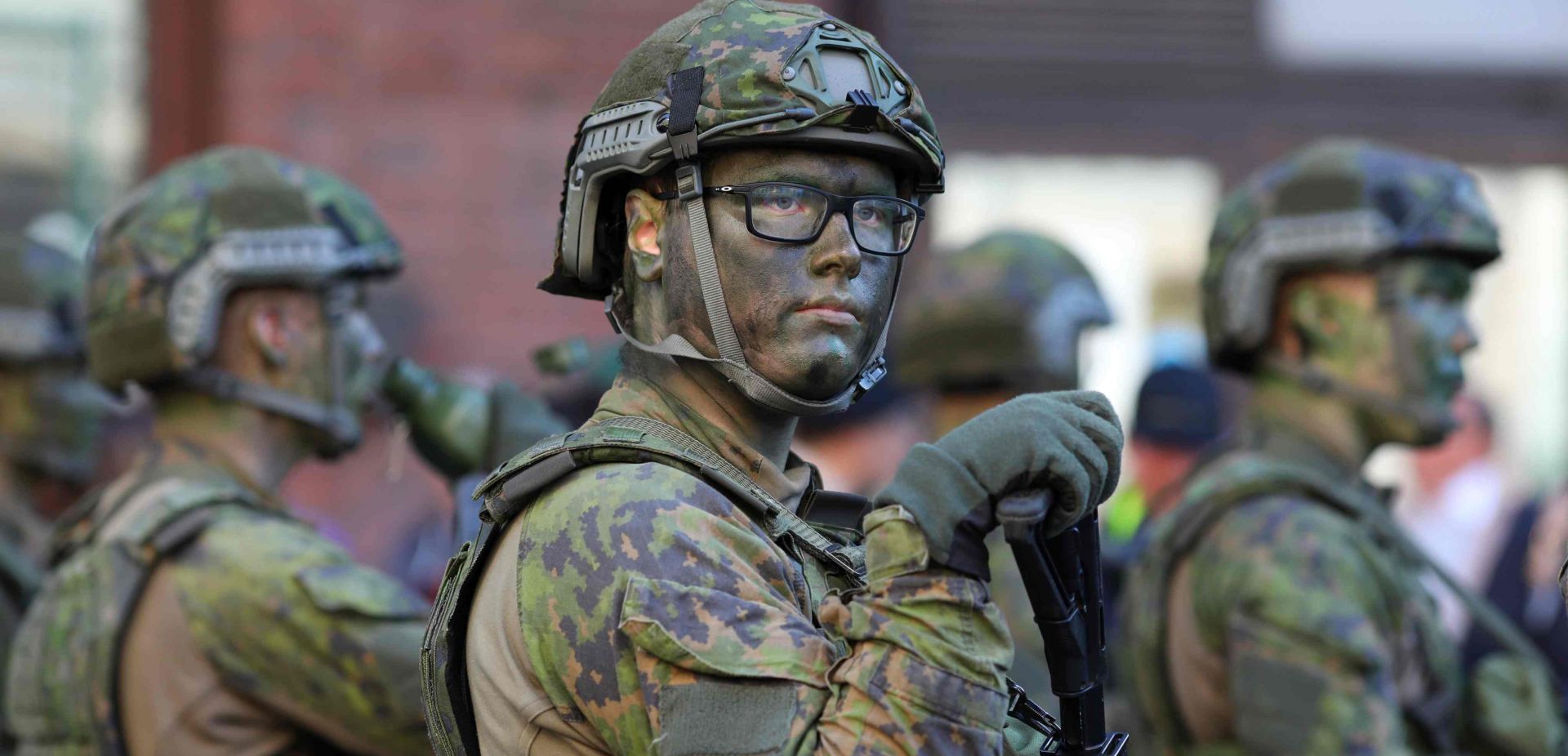

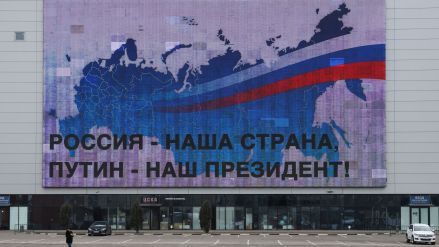
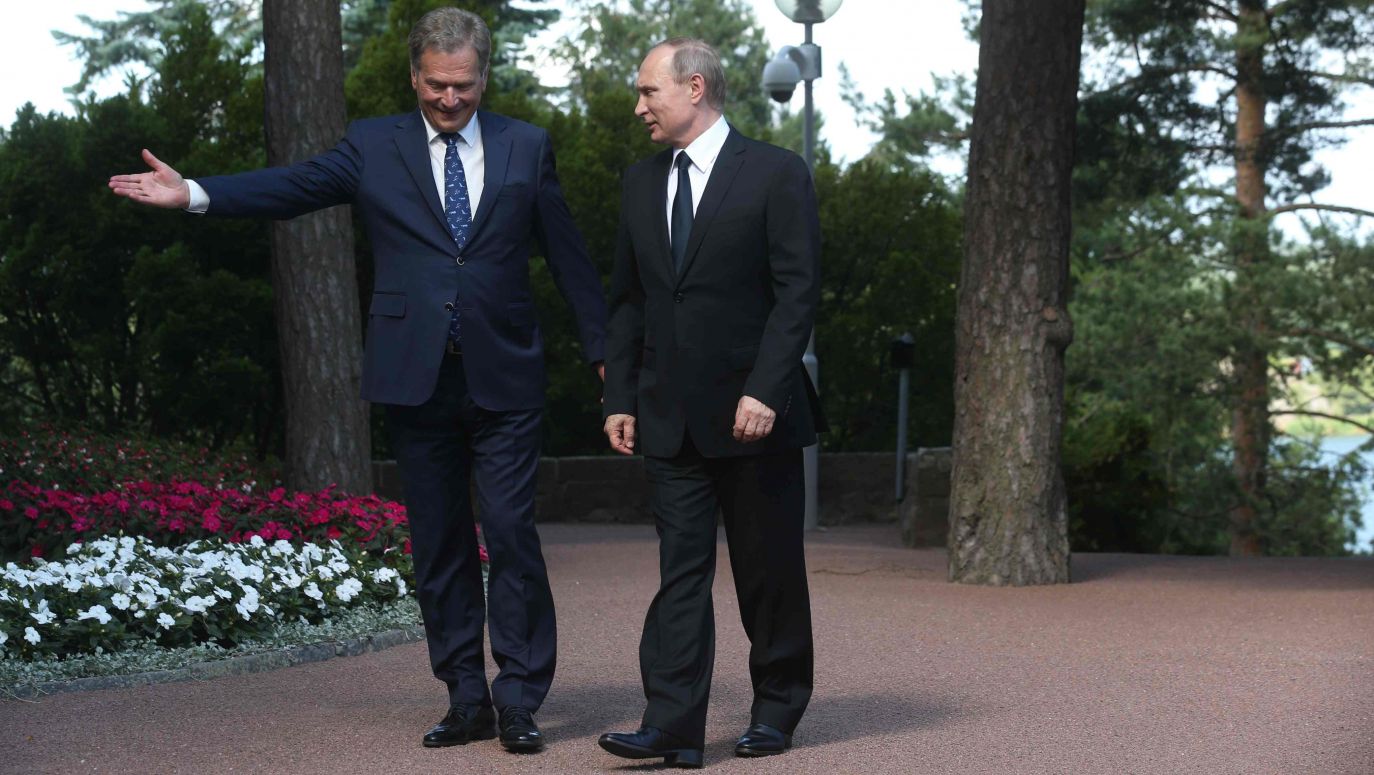
 SIGN UP TO OUR PAGE
SIGN UP TO OUR PAGE

